Tea, a beverage cherished globally for its comforting aromas and health benefits, has transcended its traditional role as a drink to become a versatile ingredient in modern cuisine. From delicate infusions to bold marinades, tea adds complexity, depth, and a touch of sophistication to dishes. However, incorporating tea into cooking requires careful attention to flavor balance, preparation methods, and ingredient compatibility. This article explores the key considerations for using tea in culinary applications, ensuring that your dishes shine without overwhelming the palate.
Understanding Tea Varieties and Flavor Profiles
The foundation of successful tea-infused cooking lies in selecting the right tea variety. Each type—green, black, white, oolong, herbal, or pu-erh—offers distinct flavor notes that can elevate specific dishes.
- Green Tea: Known for its grassy, fresh flavor, green tea pairs well with seafood, light salads, and desserts like matcha-flavored cakes. Avoid cooking with high-quality green teas (e.g., gyokuro) to preserve their delicate nuances.
- Black Tea: Robust and malty, black teas like Assam or Earl Grey complement red meats, stews, and rich desserts. Their boldness can cut through fatty ingredients.
- White Tea: Subtle and floral, white tea is ideal for poaching fruits, infusing custards, or light sauces.
- Oolong Tea: With its fruity or toasty undertones, oolong works in both savory (e.g., tea-smoked duck) and sweet dishes (e.g., oolong-infused caramel).
- Herbal Teas (Tisanes): Chamomile, hibiscus, or mint add herbal, floral, or citrusy notes. Use them in desserts, drinks, or as a base for salad dressings.
Tip: Match the tea’s origin and processing method to the dish. For example, smoky Lapsang Souchong enhances grilled meats, while jasmine green tea elevates coconut-based curries.
Steeping Techniques: Extracting Flavor Without Bitterness
Oversteeping tea can release tannins, resulting in bitterness. Mastering steeping times and temperatures is critical:
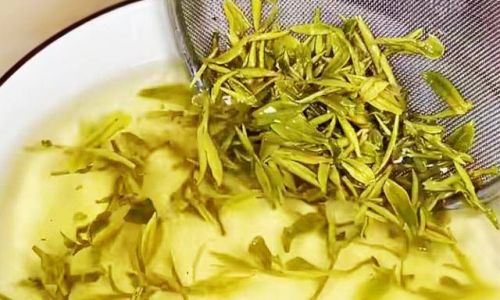
- Water Temperature:
- Green/White Tea: 70–80°C (158–176°F) to avoid scorching delicate leaves.
- Black/Oolong Tea: 90–95°C (194–203°F) for full flavor extraction.
- Herbal Teas: 100°C (212°F) to release bold flavors.
- Steeping Time:
- Light Teas: 2–3 minutes (e.g., green tea).
- Bold Teas: 4–5 minutes (e.g., black tea).
- Herbal Teas: 5–7 minutes.
Pro Tip: For cooking, steep tea in a small amount of liquid (e.g., broth, milk, or water) to concentrate flavors. Strain before adding to dishes to prevent gritty textures.
Balancing Flavors: Complementing, Not Overpowering
Tea should enhance, not dominate, a dish. Consider these pairing principles:
- Protein Pairings:
- Red Meat: Black tea (e.g., chai-spiced rubs for beef).
- Poultry: Light oolong or green tea (e.g., tea-brined chicken).
- Fish/Seafood: Delicate white tea or jasmine green tea.
- Vegetables and Grains: Herbal teas like lemon verbena or mint add freshness to roasted vegetables or risottos.
- Desserts: Matcha in cakes, rooibos in caramel sauces, or chai in ice cream.
Avoid: Using heavily spiced teas (e.g., masala chai) in subtle dishes, as their complexity may clash.
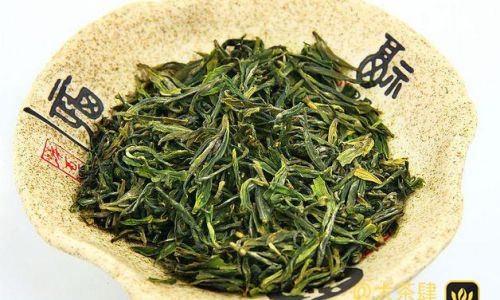
Culinary Techniques: Beyond Steeping
Tea can be incorporated in multiple ways:
- Infusions: Add steeped tea to soups, stocks, or sauces (e.g., green tea vinaigrette).
- Marinades: Combine tea with oil, acid (lemon/vinegar), and herbs to tenderize meats.
- Smoking: Use tea leaves (e.g., rice + tea + sugar) to smoke fish or tofu.
- Powders: Matcha or finely ground tea leaves add color and flavor to batters, doughs, or spice rubs.
- Brewed Concentrates: Reduce tea by simmering to create syrups for cocktails or glazes.
Example: Tea-smoked salmon involves wrapping fish in foil with rice, tea leaves, and sugar, then smoking over low heat.
Health and Dietary Considerations
While tea offers antioxidants, moderation is key:
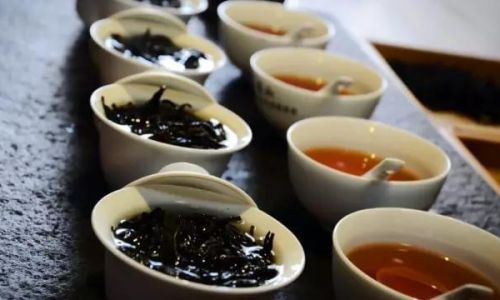
- Caffeine Content: Black and green teas contain caffeine (30–50 mg per cup). Decaffeinated options exist, but they may lack flavor depth.
- Tannins: Excessive tannins (from oversteeping) can cause digestive discomfort. Balance with acidic ingredients (e.g., lemon) or dairy.
- Allergens: Some herbal teas contain allergens like chamomile (related to ragweed). Check labels for dietary restrictions.
Common Mistakes to Avoid
- Overpowering the Dish: Start with small quantities (e.g., 1–2 tablespoons of loose tea per liter of liquid) and adjust to taste.
- Using Stale Tea: Freshness matters. Use tea within 6–12 months of purchase.
- Ignoring Texture: Avoid adding whole leaves to sauces; grind or strain them instead.
- Incompatible Pairings: Avoid pairing smoky teas with delicate desserts or floral teas with heavily spiced meats.
Creative Applications and Recipe Ideas
- Appetizers: Tea-infused deviled eggs with Earl Grey mayonnaise.
- Main Courses: Green tea-marinated chicken skewers with sesame glaze.
- Sides: Roasted sweet potatoes tossed with chai spice blend.
- Desserts: Black tea-infused chocolate truffles or white tea panna cotta.
- Beverages: Iced hibiscus tea lemonade or matcha lattes.
Sourcing Quality Tea
Opt for loose-leaf tea over tea bags when possible, as they offer superior flavor. Specialty stores or online retailers often provide single-origin or blended teas tailored for cooking. Experiment with flavored teas (e.g., bergamot-scented Earl Grey) but use them sparingly to avoid artificial aftertastes.
Cultural Inspirations
Draw from global cuisines where tea is a staple:
- Chinese Cuisine: Tea-smoked duck, eggplant in garlic sauce with oolong.
- Moroccan Cuisine: Mint tea-infused tagines.
- British Cuisine: Earl Grey-scented shortbread.
- Japanese Cuisine: Matcha-flavored mochi or green tea soba noodles.
Storage and Shelf Life
Store tea in airtight containers away from light, moisture, and heat. Properly stored, most teas last 6–12 months. Avoid refrigeration, as it can introduce condensation.
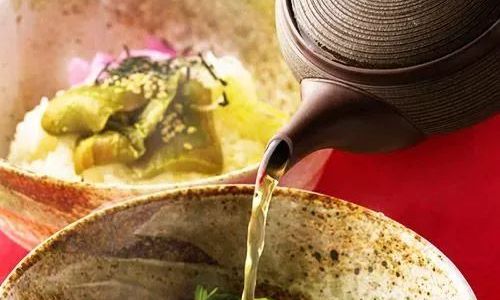
Conclusion: The Art of Subtlety
Cooking with tea is an exercise in restraint and creativity. By understanding tea’s nuances, pairing it thoughtfully, and avoiding common pitfalls, you can transform ordinary dishes into culinary masterpieces. Whether you’re smoking, steeping, or sprinkling, let tea be the silent conductor of flavor, harmonizing ingredients into a symphony of taste. Experiment fearlessly, but always taste as you go—after all, the best dishes are those where tea enhances, never competes.
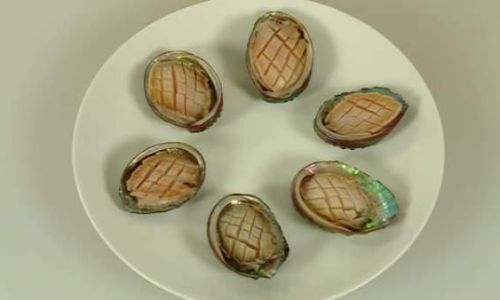

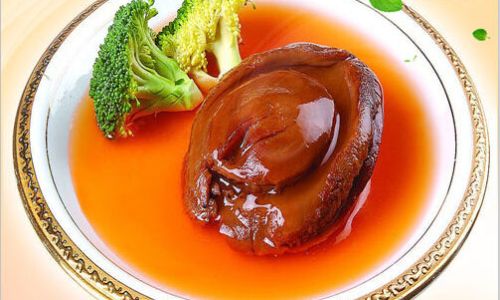
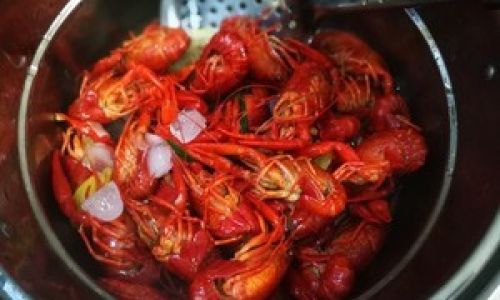
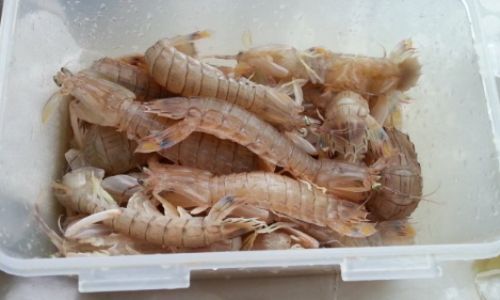
0 comments